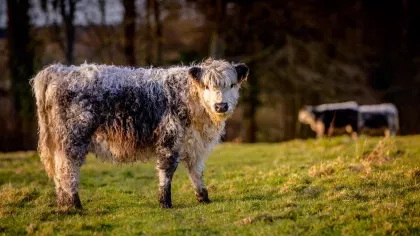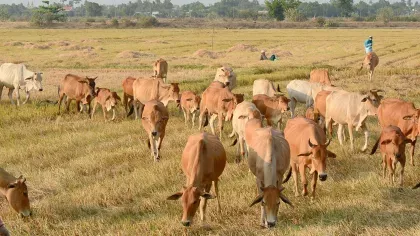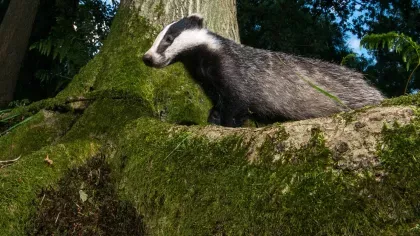14 November 2018
The secret lives of badgers at Kew Gardens
Badgers are an iconic part of the British countryside, but how do they affect the ecosystem here at Kew?

Kew’s hidden badgers
There is something living at Kew you are unlikely to have seen before, our badgers.
The black-and-white creatures are nocturnal and shy so tend to hide during the day and come out soon after dusk, returning to their setts before dawn.
Kew Gardens has in fact been home to these wild European badgers (Meles meles) since the 1980s when they came here naturally from the neighbouring golf course.
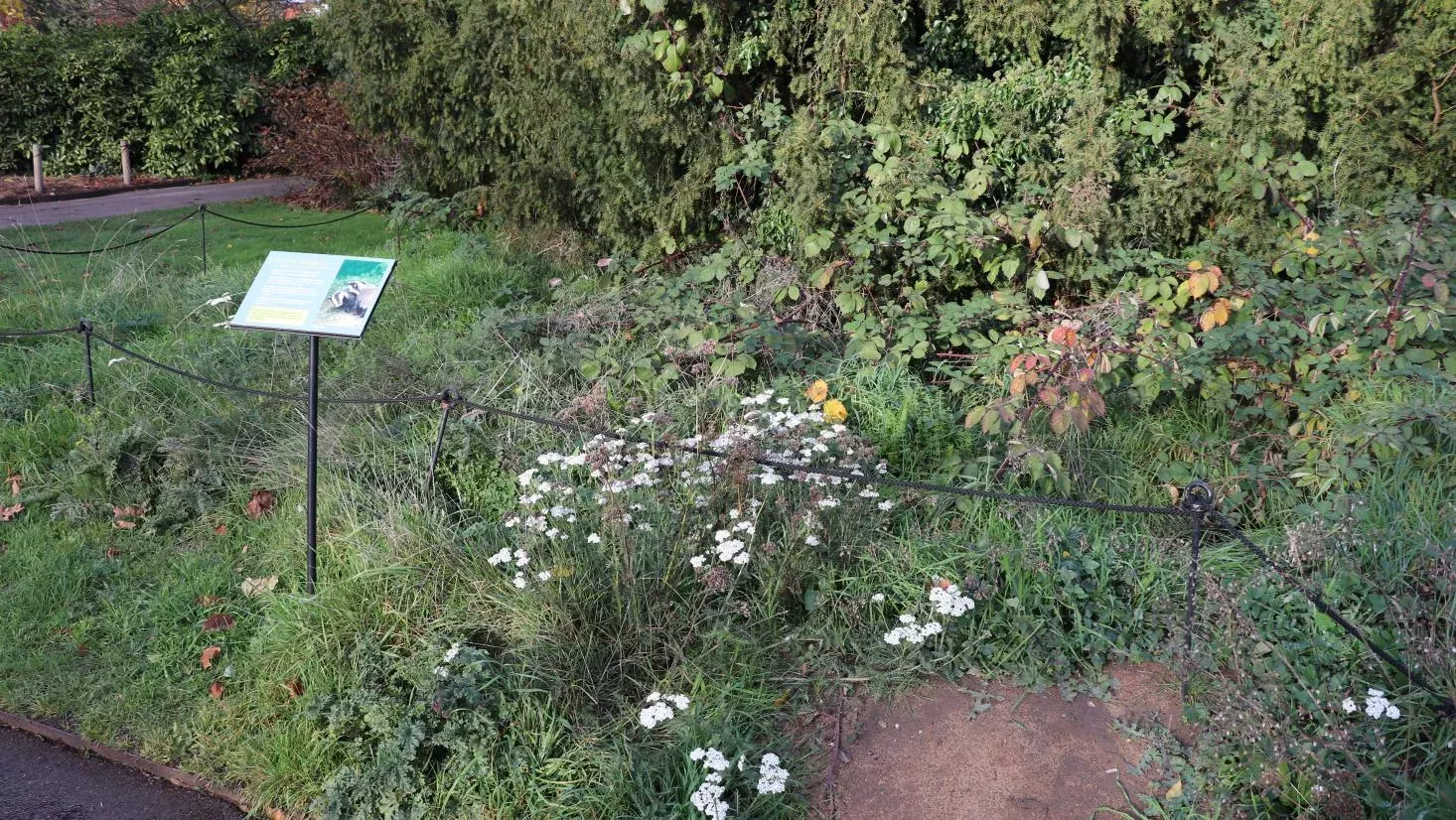
The perfect sett-ing
Kew is an attractive environment for this iconic species, with its mixture of woodland, grassland and vast amount of human-free space after dark.
Today, there are between 35 and 40 underground setts in our Gardens, though perhaps a third or less are in use at any one time.
Badger setts are burrow systems dug out by the animals, with several entrances leading to a labyrinth of rooms inside, used as food stores, sleeping chambers and nests.
Dark with low ceilings, the large hollows are lined with fresh bedding made up of grass, straw, or dead leaves, and are the perfect place for badgers to sleep and rear their young.
Cubs are born in January or February but stay in their cosy setts for the first two or three months of their life
Impact on plant life
Different species are dependent on each other for survival in a woodland ecosystem, from fungi and plants to insects and mammals. This is true for our Natural Area.
Here, for example, badgers help spread the seeds of yew trees to more open areas.
The stripy faced creatures swallow the yew berries but only digest the fruit, leaving the seed to pass through their digestive system intact.
These seeds are poisonous to humans and most mammals, but the fruit’s bright red colour helps badgers and other suitable woodland creatures find and eat them.
But what other ways do badgers affect the Kew ecosystem?
‘Being voracious omnivores, they do impact on wildlife,' Tony Hall, Manager of the Arboretum and Gardens, says. 'They will eat the eggs or young of ground nesting birds such as pheasants, they kill and eat hedgehogs and slowworms amongst other things.'
Badgers bury their poo in self-made 'latrines', sometimes in our plant beds. They can also occasionally undermine some trees when burrowing.
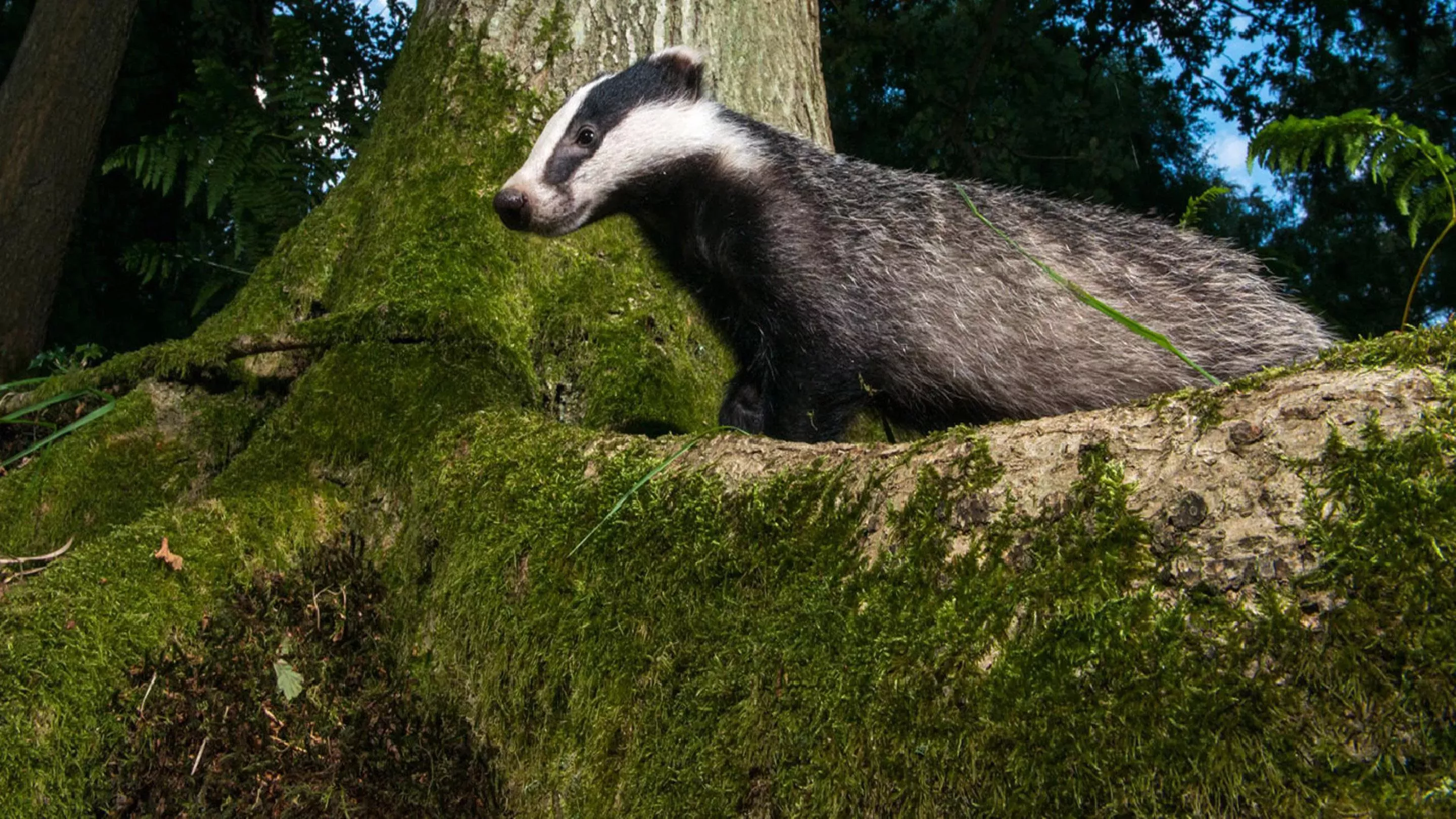
Signs of badgers
Though it’s unlikely that you’ll actually see one of our elusive badgers, you may notice signs of their presence when walking around the Gardens.
Eagle-eyed visitors might spot footprints, holes and scratch marks in the soil of Kew’s lawns and plant beds where the creatures have been digging for their favourite food, juicy earthworms.
The large omnivorous mammals, that eat plants and animals, use their strong front paws, long claws and snout to find their meal.
‘Badgers are more active in the summer months when food is plentiful but are more noticeable in the colder months when they forage for worms, digging up the grass, particularly along the path edges,’ Tony says.
Heaps of excavated material can sometimes be found outside the setts' entrance holes, made up of soil and old bedding material.
